IBM Q1 2024 Earnings Preview: 5 Things To Know
GenAI, Red Hat and potential acquisitions are expected to come up on the vendor’s earnings call Wednesday.
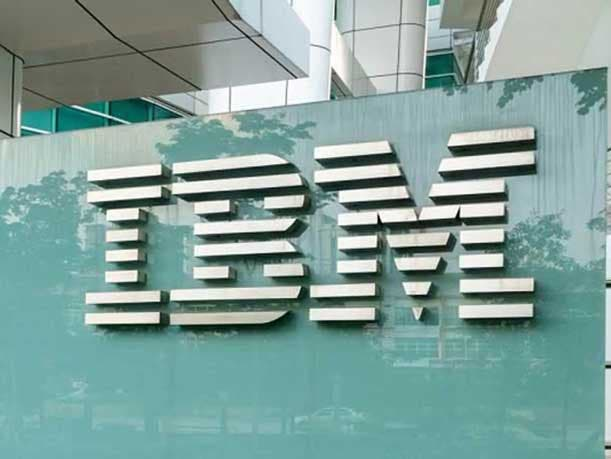
Updates on generative artificial intelligence offerings. Growth in the Red Hat business. And the potential acquisition of HashiCorp.
These are some of the big topics IBM executives are expected to weigh in on during the Armonk, N.Y.-based vendor’s earnings call Wednesday for the first quarter of the 2024 fiscal year ended March 31.
At least three analyst firms expect IBM to keep its $12 billion projected free cash flow for the year, according to reports issued in the lead-up to the vendor’s earnings call.
[RELATED: IBM, HashiCorp Near Acquisition Deal: Reports]
IBM First-Quarter 2024 Earnings Preview
However, investment firm Bernstein put IBM’s expected full-year revenue at $63.4 billion, below the consensus number of $63.9 billion.
Bernstein predicted in its April 15 report that IBM will come in below expectations this quarter, putting revenue at $14.5 billion. The firm cited a stronger U.S. dollar—predicting a headwind of about $570 million to IBM’s revenue for the year—and “restructuring expense” as factors.
Investment firm Melius Research was more optimistic on Monday, predicting IBM’s total revenue for the quarter at $14.7 billion. This would represent growth year over year of 3 percent and come in above Wall Street’s consensus prediction of about $14.6 billion.
Melius predicts software revenue of $6.1 billion—3 percent growth year over year—and consulting revenue of $5.3 billion, representing 6 percent growth year over year.
In one of the more curious trends in IBM’s financial history, multiple analyst firms noted an Easter curse for IBM. The vendor has performed worse when Easter falls later in the first quarter, as it did this year.
According to Bernstein, since 2001, IBM has missed earnings expectations three out of the five late-Easter quarters (2002, 2005, 2013).
“IBM has missed earnings 17% of the time overall and 29% of the time in Q1,” according to the report. Bernstein explained that the transactional parts “of IBM’s business (software licenses and hardware sales) are typically very back end loaded, with ~20%+ hardware sales occurring in the last week of the quarter.”
“When Easter occurs late in the quarter, closing end of quarter deals is more difficult as customer decision makers are away on holiday—driving an increasing frequency of misses,” according to Bernstein.
Here’s more of what to expect during IBM’s latest quarterly earnings report Wednesday.
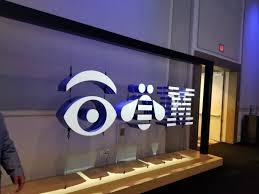
Movement In The AI Business
Analysts will likely look for signs that IBM’s brand of GenAI and AI offerings are resonating with customers and that businesses in general have an appetite for the emerging technology.
A variety of investment firms have noted that GenAI and AI are still in the early days of adoption.
In a report Monday, Melius Research put IBM among a slate of vendors—including Arista, AMD, Apple and Intel—whose “AI stories … are actually still in the early going or haven’t really started.”
Businesses’ interest in IBM’s AI offerings did not come across in an April 9 report from Morgan Stanley that included details from a survey of CIOs during 2024’s first quarter.
Surveyed CIOs named IBM and the vendor’s Raleigh, N.C.-based Red Hat subsidiary among the vendors with the largest loss of incremental share of GenAI spending over the next three years.
IBM and Red Hat were named alongside Dell Technologies and Hewlett Packard Enterprise. The surveyed CIOs said Microsoft followed by Amazon should gain the largest incremental share of GenAI spending in 2024, according to Morgan Stanley.
In the Bernstein report, analysts said they will listen for updates on IBM’s AI “book of business,” defined by the vendor as revenue in the quarter plus bookings of its own and third-party AI offerings.
The firm also wants more information on “who are building foundational models on IBM’s platform and who are IBM’s key partners, in order to better evaluate the potential.”
“We continue to believe that it is early in the AI story, with enterprises still in the exploratory phase … and it remains to be seen how incremental AI budgets will be, and to what extent IBM will be able to sustainably differentiate itself from its peers in terms of its AI capabilities and overall AI business,” according to Bernstein.
A Monday report from Bank of America predicted that IBM’s GenAI book of business is now more than $500 million. The firm also expects “further evidence of Enterprise AI proofs of concept and look for color on pipeline” during the call.
IBM showcased some of its AI prowess earlier this year with AI Stories with IBM Watsonx, a GenAI offering created with the Recording Academy to generate and scale editorial content around nominees before and during the 66th annual Grammy music industry awards show. The Grammys were held in February.
That same month, IBM made the open-source Mixtral-8x7B large language model (LLM) developed by Mistral AI available on its Watsonx AI and data platform.
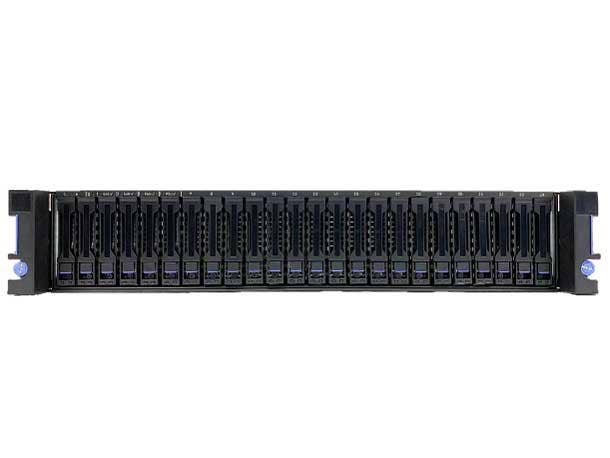
Pressure On IBM Mainframes, Hardware
While Monday’s Melius Research report said that the firm “sees many catalysts for IBM” in 2025, “including a mainframe cycle, an ELA (Enterprise License Agreement) cycle in software and benefits from software acquisitions,” at least two other analyst firms see risks in IBM’s hardware business.
The April 9 Morgan Stanley report noted that CIOs say they intend to spend on average 3 percent less on IBM hardware over the next three years.
That number compared with a 4 percent reduction in spending for HP, 6 percent reduction for NetApp, 7 percent reduction for Nutanix, 8 percent growth in spending for Dell, 9 percent growth for Logitech, 6 percent growth for Hewlett Packard Enterprise (HPE) and 9 percent growth for Pure Storage.
IBM’s result in the latest survey was still an improvement over the 24 percent reduction on average Morgan Stanley reported in the third quarter of 2023, according to the firm.
“We believe this uptick is reflective of the fact that enterprises have been in a hardware digestion phase over the past year, and that we’re seeing a moderate unlocking of spend, leading to a more positive forward 3-year outlook,” according to the report. “Gen AI investments/spending likely contribute to this trend as well.”
Mainframe spending remained “sticky” in industries such as financial services and health care where a higher percentage of hardware domain experts told Morgan Stanley that IBM mainframe spend has increased or stayed flat over the last five years as opposed to declining, according to the report.
A higher share of experts in financial services and health care told Morgan Stanley they expect IBM mainframe spend to increase or stay flat over the next five years compared with those predicting it to decline in that time, according to the report.
“Most other sectors said spend has declined,” according to Morgan Stanley.
Overall, more than half of the surveyed CIOs said “they expect to spend less on the mainframe over the next 5 years as capacity is reallocated to the cloud,” according to the Morgan Stanley report.
The Bernstein report said that aggressive pricing in IBM’s transaction processing business—mostly made of mainframe software offerings—“could accelerate migration off the mainframe platform.”
“That said, the next mainframe cycle is likely not until Q1 2025, and so the migration risks are unlikely to materialize until then or later,” according to Bernstein. “Given TPP’s significant profit contribution, the sustainability of TPP’s price increases is a key issue for investors.”
IBM appears to see continued demand for mainframe-related work, even introducing in March a Mainframe Skills Council aimed at fostering a diverse and sustainable workforce for the platform.
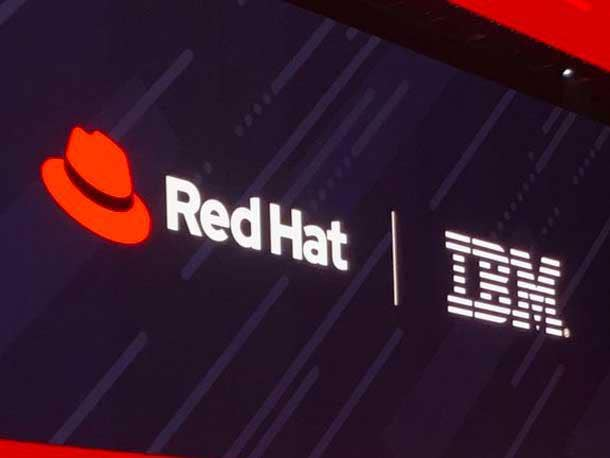
IBM Cloud, Red Hat And Security Services
Melius Research said that it needs “to see Red Hat start to do better than just +7% CC growth to alleviate the bear thesis.”
Bernstein calculated that Red Hat’s revenue growth has decelerated from 19 percent in the 2019 fiscal year to 8 percent in the 2023 fiscal year, with about 7 percent growth in the last quarter of 2023.
Potential business wins from VMware since its acquisition by Broadcom could also be a tailwind for Red Hat growth, according to the firm. It put growth in 2024 and 2025 at about 10 percent.
“We see an opportunity for Red Hat to re-accelerate modestly in 2024, as weak transactional revenues in 2H 2023 could potentially drive revenue push-outs into 2024, and Broadcom’s acquisition of VMWare (a major competitor) could benefit Red Hat in terms of both market share and pricing,” according to Bernstein.
In cloud, the Morgan Stanley quarterly CIOs survey named IBM, Dell and Oracle “the largest share losers over the next three years, consistent with previous surveys,” while Microsoft and Amazon were “best positioned to gain incremental share of IT budgets.”
Salesforce, Snowflake and Palo Alto Networks were named “potential share gainers over the next 3 years” in the Morgan Stanley report.
In the cloud data warehouse market, based on the survey, IBM, SAP, Google and Cloudera screened as “share donors over the last 12 months,” according to Morgan Stanley. Microsoft gained the most share.
When asked in the latest survey about a variety of IBM-specific products and services, a higher share of the CIOs reported spending reductions expected for Red Hat, IBM Cloud and IBM Cloud Paks compared to the CIO survey published for the third quarter of 2023, according to Morgan Stanley.
One of the highlights for IBM in the Morgan Stanley survey was that 38 percent of those surveyed said they expect to spend more on IBM security software over the next year when asked about a variety of IBM-specific products and services.
The Bernstein report said that IBM security services “is a quarterly ~$240M revenue and ~$80M gross profit business.”
Earlier this month, IBM announced a new IBM Cloud Multizone Region (MZR) in Montreal that should help Canadian clients scale GenAI and run GPU clusters closer to where their data resides. The region should open in the first half of 2025.
In March, IBM opened its new X-Force Cyber Range in Washington, D.C. The range offers custom training exercises aimed at U.S. federal agencies, their suppliers and critical infrastructure organizations for responding to cyberattacks and AI threats.

IBM Consulting
Melius would not be surprised by “flattish” consulting signings after four quarters of “strong growth,” according to the firm’s report, with Easter’s place on the 2024 calendar a potential factor.
“We would need to see confidence in reacceleration,” according to the Melius report.
Commenting on IBM’s AI consulting business—IBM Consulting ranks No. 7 on CRN’s 2023 Solution Provider 500—the Melius report said that “IBM is differentiating itself from Accenture and gaining share in AI consulting.” Accenture ranked No. 1 on the CRN list.
Speaking of Accenture, in a Monday report by Bank of America, the firm’s analysts raised concerns around “continuing softness” in consulting and potential disappointment from IBM after Accenture shared some bad news with analysts in March.
The consulting giant lowered its revenue guidance for the current fiscal year to between 1 percent and 3 percent growth after originally forecasting 2 percent to 5 percent growth.
Accenture CEO Julie Sweet attributed the lower guidance to further limited “discretionary spending, particularly in smaller projects” and “continued delays in decision-making and a slower pace of spending,” according to a transcript of the consulting giant’s March quarterly earnings call.
The solution provider still sees “clients continuing to prioritize investing in large-scale transformations, which convert to revenue more slowly,” Sweet said on the call.
A potential boost to IBM’s consulting business is the rollout of IBM Consulting Advantage, an AI services platform that includes a portfolio of methods, assets and assistants for application design, development and pilot testing. IBM unveiled the platform’s rollout in January.
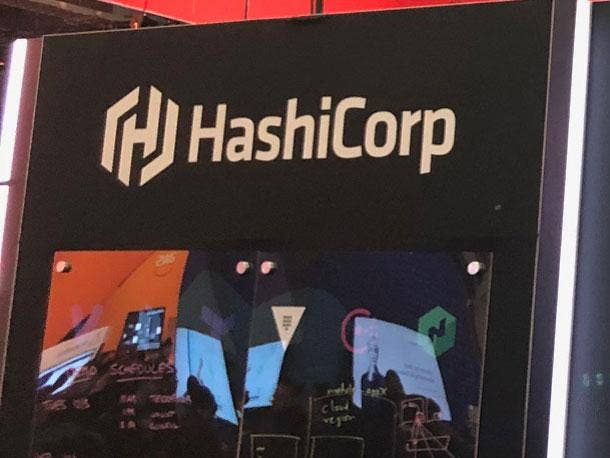
IBM Acquisitions
Analysts on Wednesday’s call will likely want IBM executives to talk about rumors of the vendor buying Terraform creator and cloud infrastructure tools vendor HashiCorp.
The deal could fizzle, as reportedly happened with Salesforce’s attempted purchase of Informatica this month. But at least one research firm—William Blair—has praised a potential IBM-HashiCorp deal.
The firm said in a report Tuesday that HashiCorp would complement IBM’s software business, including Red Hat, Apptio and Instana. HashiCorp’s machine-to-machine credential management product and user-to-machine privilege access management (PAM) tool could add to IBM’s identity and access management (IAM), extended detection and response (XDR) and container security services, according to William Blair.
HashiCorp also “adds another entry point for IBM/Red Hat to increase its exposure to developers/practitioners,” according to the firm. “As part of IBM, HashiCorp could benefit from a more standardized sales approach and better ability to bundle tools to drive up the value of paid subscriptions. HashiCorp would also join an organization (Red Hat) with a proven history of commercializing open-source technology.”
IBM potentially inking a deal with HashiCorp comes as the tech giant navigates two other acquisitions, which IBM might update analysts on during the call.
One is the purchase of a portion of British software and services provider Advanced to boost the vendor’s own mainframe application and data modernization services. The other is the acquisition of two platforms owned by Software AG in an effort to boost the data ingestion and integration management capabilities of Watsonx. Both of those acquisitions are supposed to close during this current quarter.